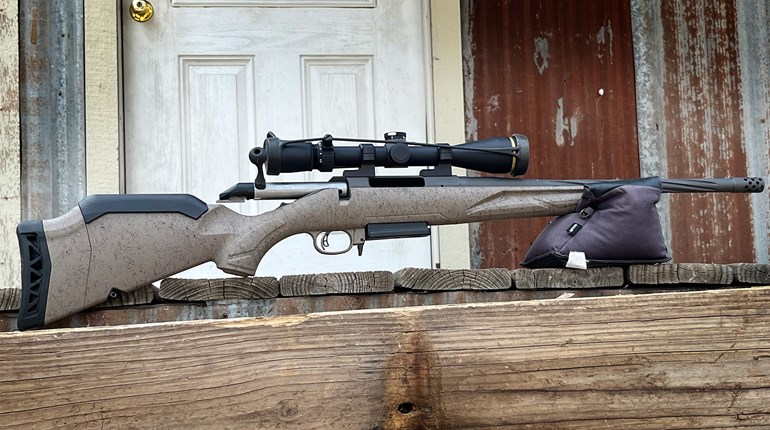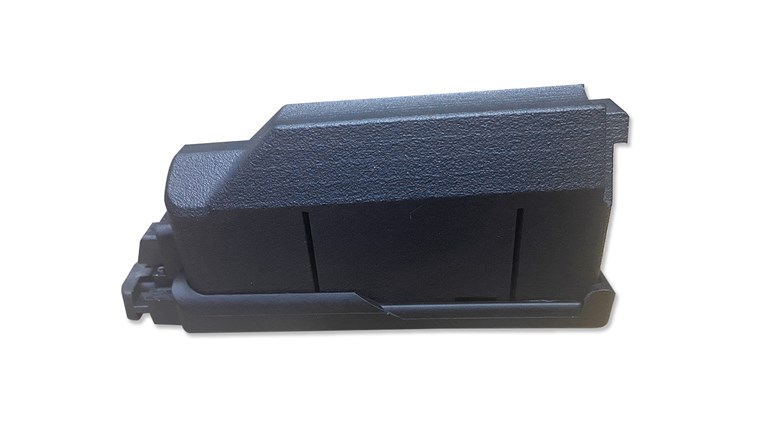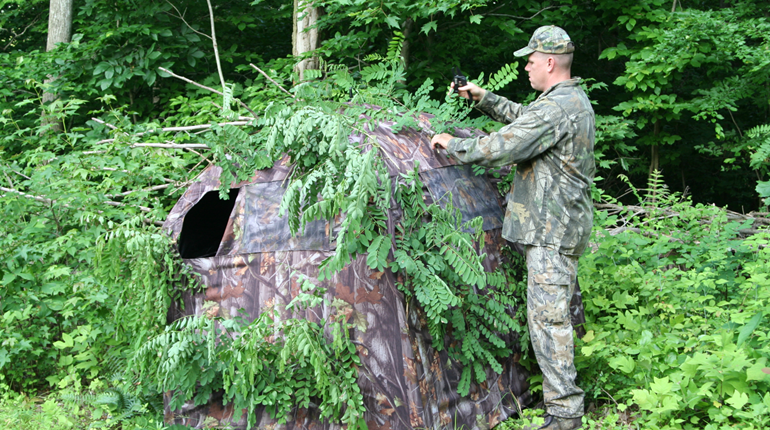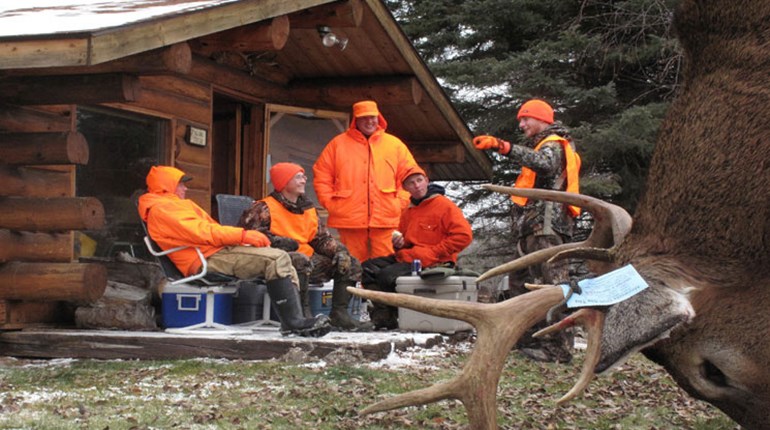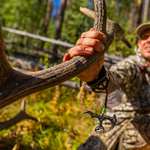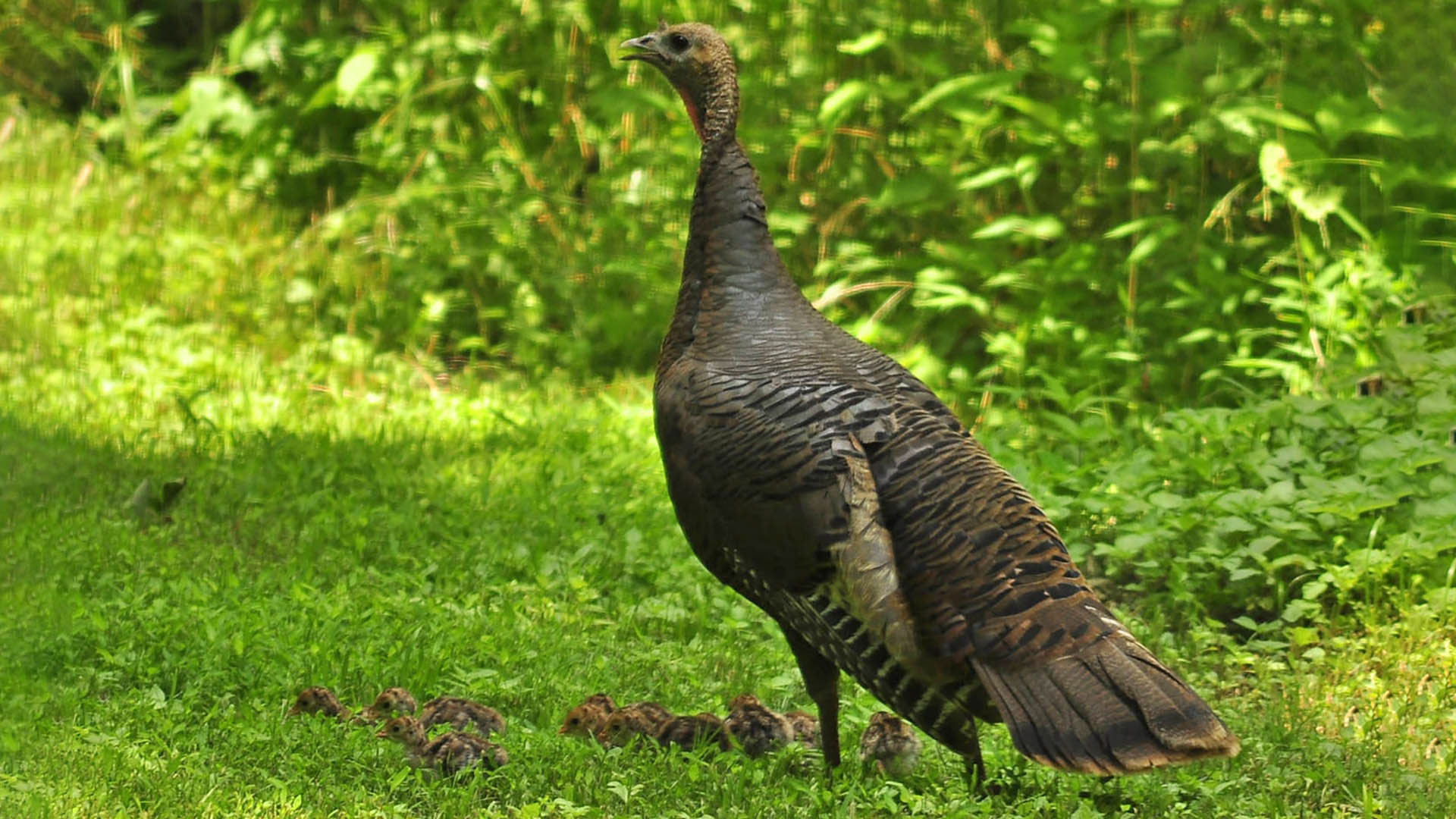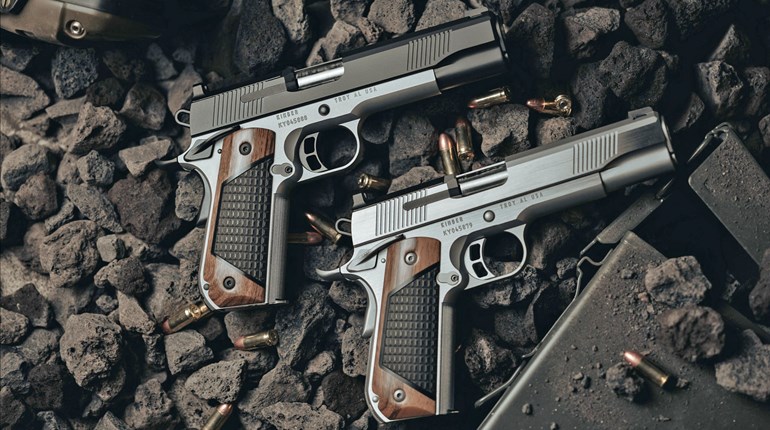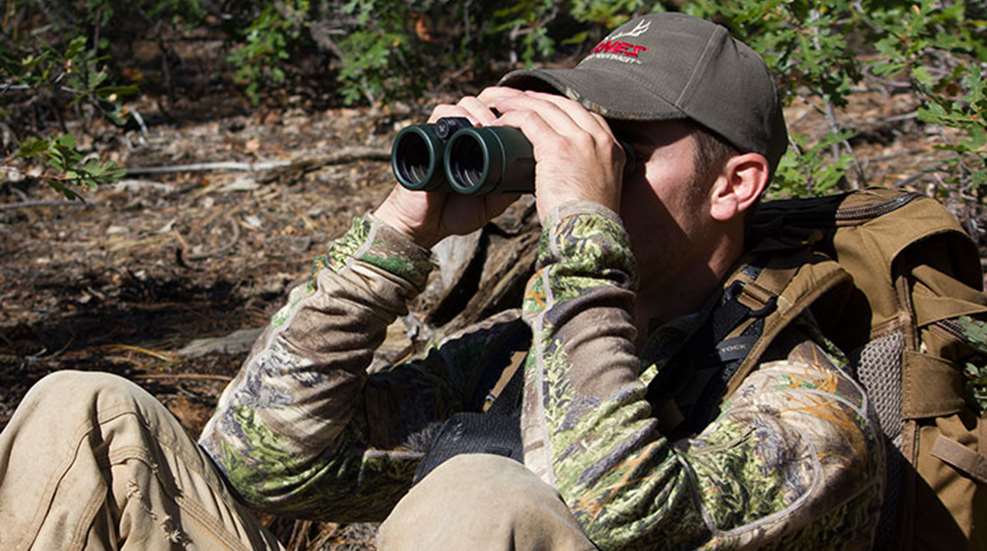
Keaton Kelso, president of the Kansas Outfitters Association and owner of K&K Outfitters, is known for getting hunters on big whitetails, so I only get more intrigued when he says, “Look, I’m a really bad interview on this topic. You’re just not going to like what I have to say about early-season scouting.”
I say, “Keaton, I’m talking to you because there is no bull in you, just experience with lots of big whitetails, so lay it on me.”
“The truth is we don’t do much scouting in the summer,” he says. “The best time to scout is in January or February when the sign from the previous rut is often still visible. In summer the bucks are on an entirely different pattern; also, if you bump a mature buck in summer—I’m talking about those 5- and 6-year-olds—it’ll leave or go nocturnal.”
The Thing About Trail Cameras
The mention of trail cameras really gets him going. Keaton, who is one of the quality outfitters represented by NRAOutdoors.com, says, “I’ve talked to so many hunters who hang trail cameras and then go back every week to check the cards. I ask them if they watch the wind when they hunt: They say, ‘Well, yeah.’ I say, ‘Well then, do you watch the wind and wear rubber boots and all that when you put in and check trail cameras?’ They look at me like I’m crazy.”
Still, there are savvy and useful ways to use trail cameras. Also, digital photos from trail cameras can get kids involved in hunting before they’re even of age—there’s nothing like showing them photos of real deer cameras capture to get them involved. So when I press him—thinking he must use trail cams to some extent—Keaton says, “I do use a few trail cameras in July and August. I put them on the edges of fields and in other places I can drive right up to. Those deer are used to hearing farmers drive around the fields, so that doesn’t bust them out, but I’d rather have no photos than pressure an area before the season. What most people don’t realize is that in summer really big bucks are lazy. They’re like the old bull in a herd. The cows might walk all over looking for greener grass, but that old bull will lie in the same shady spot near the place he wants to feed in. Big bucks are like that. In summer, if you see or get a photo of a mature buck, he is likely spending his days very close.”
When I ask Ryan Bland, owner of Non Typical Outfitters in Illinois, he explains a similar strategy. “I put out a few trail cams, but only in places I can drive right up to in my Gator. This might surprise some, but I don’t have a single photo of about 95 percent of the bucks my hunters kill. My clients killed 43 bucks last year—18 of them in October—and I only had a photo of one or two of them. We scout preseason, but we’re very careful about impacting a spot with our presence or scent.”
Glassing and Other Summer Scouting
Keaton says he’ll do a lot of glassing on his properties in western Kansas—a place that has a lot of open ground—but that in most of the places he hunts that’s just not always an option.
“When a whitetail gets to 5 years old it’s a Navy SEAL,” says Keaton. “You have to be just as smart. If there is a field you can glass near sunset, great. Do that. But past experience on a property is paramount. When you do start hunting, don’t just go right in there. Play it smart and start on the edges of your property—well away from bedding cover. As the rut begins, move in, but stay smart. Find good entry and exit routes.”
Ryan says he has used preseason scouting to kill big deer, but that it’s very situational. “Hanging cameras, glassing, looking for rubs is all hunting,” says Ryan. “You can’t approach those parts of the hunt as a casual thing. You have to be just as serious.”
Both Keaton and Ryan recommend, when possible, using an early-season observation stand when bowhunting. Is there a place on your property when you can see fields and cover a lot of terrain? If you start there, you can adjust and move in when you see a pattern and an opportunity to access the spot in a low-impact way.
Summer Patterns Shift to Fall
Keaton has found that during the summer if he moves a trail camera just 100 yards he’ll often see totally different bucks. He says this shows how little bucks move during this time period. But all that changes when the rut gets close. When those bachelor groups of bucks break up it can be hard to say where any individual buck will go.
“I’ve found that some bucks I’ve seen all summer actually disappear sometime in October,” says Ryan. “But then they’ll be right there again in December, which is a great time to pattern a big deer to a food source and kill him.”
Says Keaton: “I ask hunters, ‘If you don’t see a giant when you’re scouting are you still going to hunt your 160 acres?’ They say, ‘Yeah.’ So I say don’t put too much pressure on them. And when you hunt, be careful. Get in those funnels in the rut. Hunt their feeding patterns at other times, but make sure you have entry and exit strategies. There is a time to put all your chips in, but mostly you should hunt smart.”
The trouble with the places most people hunt, says Keaton, is they don’t have a 1-to-2 or 1-to-3 buck-to-doe ratio. Hunters might be dealing with a buck-to-doe ratio that is 1-to-10 or even more out of balance. “So,” says Keaton, “it isn’t that there aren’t any good bucks in their area. It’s more that when a dominant buck gets done breeding a doe, the buck doesn’t have to travel miles to find another. He just walks over and there is another one for him.”
Scouting to deal with this scenario means looking for transition areas to ambush a buck you’re after as he moves to a food source before or after the rut—and doing that without letting the buck know you’re after him. To get such a buck during the rut means putting time in funnels between doe bedding areas, especially as the first does in your area come into estrus and, later, when bucks are looking for one last doe in estrus.












